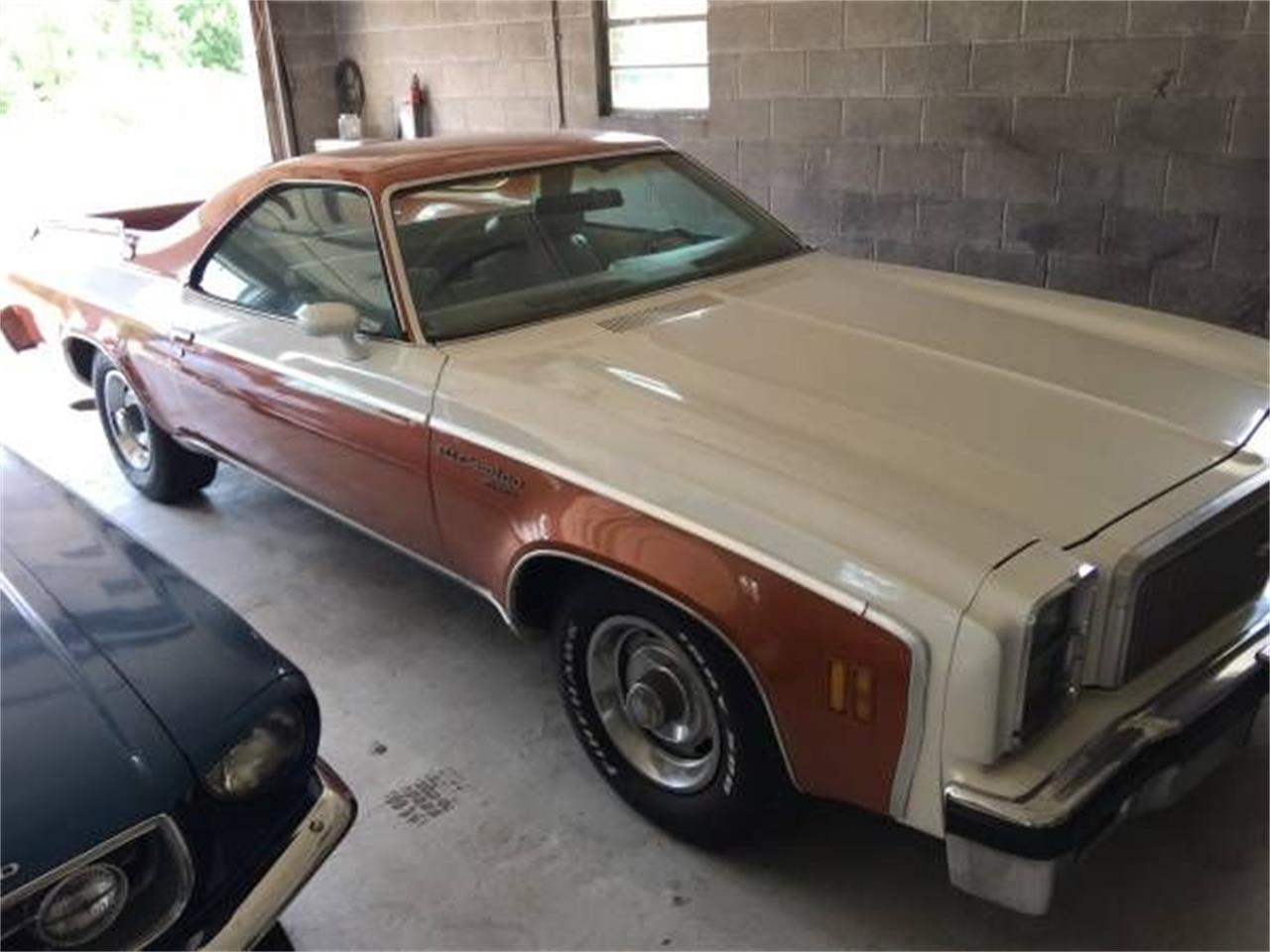

- #1977 el camino emission vacuum with quadrajet how to#
- #1977 el camino emission vacuum with quadrajet manual#
Make sure float doesn’t rubbing somewhere.Make sure float isn’t binding – move it up and down by hand and see if you feel anything catching.Bad float – For brass floats, heat up some water to prior to boiling, then immerse the float.4.5 lbs would be a go to if you can’t find the spec.
#1977 el camino emission vacuum with quadrajet manual#
Fuel pump pressure – check with your motors manual for the correct pressure.
#1977 el camino emission vacuum with quadrajet how to#
Look here on how to test the needle & seat. The needle may have been damaged while adjusting the float, or dirt from the gas tank got back into the carburetor. 80% of the time this will be the problem.

Here is a list of items to check when this happens (not in any order): What is flooding? Simply, there is too much gas getting into the float bowl. Gas is running out of the top, or you get a strong gas smell? This is a sign of flooding. There may be a small air restrictor in the passage that makes getting through with wire difficult. If wire doesn’t do it, try heating the outside of the passage and then blow air through. A whistle with air will indicate a clean passage. Use thin wire to clean out the passages completely. These are very small passages and get clogged easily with ethanol residue. So, yes, relying on the factory system to save you from trouble is a poor subsitute for building a well thought-out combination in the first place.This can be caused by several things, but there is one item often missed by the rebuilder and that is the idle tube. If memory serves, it pulls out something like 8* of advance per second when detonation is detected but only adding back in 1* of advance per second once detonation is no longer heard. the ECM has programming in it that determines how fast timing is taken out when knock is detected and how fast it is added back in once detonation stops. You'll get basically just the initial + centrifugal advance portions of the computer supplied timing curve. The BARO sensor looks identical to to the VAC sensor (it isn't) but has no vacuum hose attached to the hose nipple-it's always exposed to ambient air.įYI- if you remove the vacuum line from the VAC sensor you get the computer equivalent to unplugging an old-style vacuum advance line at the distributor. There are two sensor- a VAC sensor to measure manifold vacuum (same as a MAP sensor on later EFI cars, but voltage readings are reversed) and a BARO sensor to read barometric pressure (altitude). Many (all?) cc-QJet systems have a separate barometric pressure sensor to compensate for changes in altitude. OK, some Cadillac systems had this capacity but no Chevy ever did and in any case it was still done with an external solenoid physically moving the throttle arm. Idle speed is still just the idle speed screw and the A/C solenoid. It can adjust the A/F mix, but there is no equivalent to an IAC (Idle Air Control vavle used on EFI motors to change idle speed) on the cc-QJet. The computer has no capacity to control idle speed on the cc-QJet. From what I remember of the CCC system I dont think I ever saw a knock sensor, Im pretty sure GM engineers thought a knock sensor was a waste seeing as how the engines with these system where low compression, low performance.Įven computer controlled QJets still use a plain old A/C solenoid to bump up the idle speed when the A/C is on. Cadillac had a computer controlled idle stop solenoid that could adjust the idle speed on the fly, most other GM cars did not have this feature though. When the A/C was turned on the computer or a switch mounted in the A/C system would engage an idle stop solenoid, this solenoid had three functions, one was to close the throttle all the way whenever the car was shut off so dieseling would be stopped, second was to maintain the desired idle speed (not computor controlled on most cars) while the engine was running and third to bump the idle up if the A/C was turned on. You could start your car at sea level and drive up a mountian and the car would run bad, then when you shut it off and went to restart the engine it would run good. When the system was working properly the engine would actually run pretty good but the system was finicky and if anything was out of spec the engine would run like crap if at all.Īltitude was compensated for whenever the key was turned on before the engine was started, the map sensor was used as a baro sensor in this way. The main actuator was the A/F mixture solenoid that was pulse width modulated by the computer, spark advance was also computer controlled. The system used a TPS, 02, Map, Coolant temp and cam postion (via the dist pickup) sensors. The computer controlled carb (CCC) setup was as close to efi without actually being efi as you can get.


 0 kommentar(er)
0 kommentar(er)
